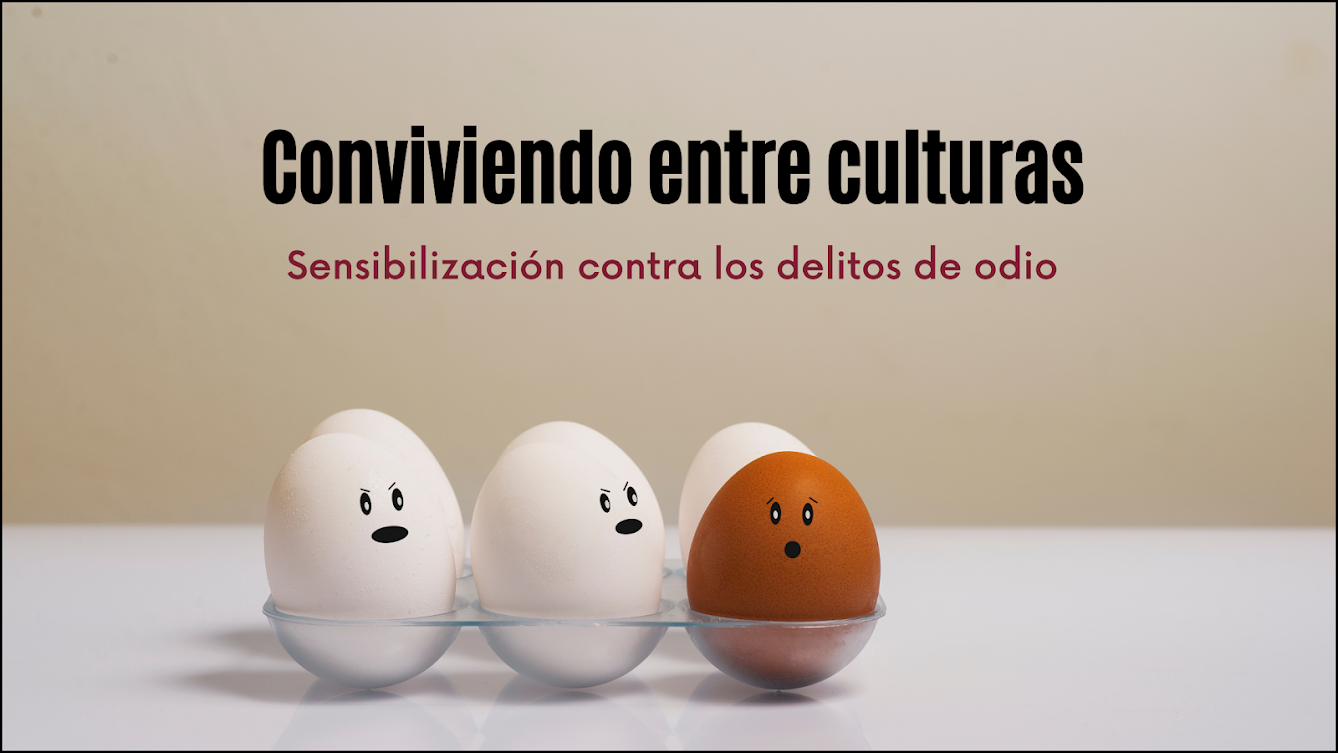Mi preocupación es más que válida. Lo que estoy observando —cánticos, saludos, símbolos extremistas por parte de jóvenes en contextos educativos— no es anecdótico ni inocente, y sí, en cierto modo recuerda a lo que se retrata en películas como American History X.
En la película, vemos cómo el racismo y la ideología neonazi se infiltran en jóvenes a través de:
-Influencias familiares.
-Frustración social.
-Carisma de líderes extremistas.
-Banalización de la violencia y los símbolos.
Lo más peligroso no es la violencia explícita, sino la normalización del discurso de odio: los chistes, los saludos “en broma”, las canciones cantadas sin conciencia histórica. Esto es justo lo que está empezando a pasar en algunos entornos escolares hoy.
¿Por qué preocupa especialmente cuando son jóvenes?
-Los adolescentes están formando su identidad. Son más vulnerables a discursos que les ofrecen pertenencia o rebelión.
-Las redes sociales amplifican ideologías extremas con humor o estética seductora (videos, canciones, memes...).
La historia reciente ya nos enseñó adónde lleva esto si no se enfrenta con educación crítica y memoria.
¿Qué se puede (y debe) hacer?
Educar en memoria histórica, sin miedo. No se trata de “adoctrinar”, sino de dar contexto, nombres y consecuencias reales.
No banalizar los gestos ni los símbolos. Un saludo nazi no es una broma. Cantar el “Cara al Sol” no es una anécdota graciosa.
-Formar a docentes para que sepan cómo actuar sin reprimir, pero tampoco minimizar.
-Crear entornos seguros donde los jóvenes puedan expresar sus dudas, frustraciones y contradicciones sin caer en discursos de odio.
My concern is more than valid. What I'm observing—chants, greetings, extremist symbols used by young people in educational settings—is neither anecdotal nor innocent, and yes, in some ways it's reminiscent of what is portrayed in films like American History X.
In the film, we see how racism and neo-Nazi ideology infiltrate young people through:
-Family influences.
-Social frustration.
-Charisma of extremist leaders.
-Trivialization of violence and symbols.
The most dangerous thing isn't explicit violence, but the normalization of hate speech: jokes, "joking" greetings, songs sung without historical awareness. This is precisely what is starting to happen in some school settings today.
Why is it especially worrying when they are young?
-Teenagers are forming their identity. They are more vulnerable to discourses that offer them belonging or rebellion.
-Social media amplifies extreme ideologies with humor or seductive aesthetics (videos, songs, memes, etc.).
-Recent history has already taught us where this leads if it is not confronted with critical education and memory.
What can (and should) be done?
-Educate in historical memory, without fear. It's not about "indoctrinating," but about providing context, names, and real consequences.
-Don't trivialize gestures or symbols. A Nazi salute is not a joke. Singing Nazi songs is not a funny anecdote.
-Train teachers so they know how to act without repressing, but also without minimizing.
-Create safe environments where young people can express their doubts, frustrations, and contradictions without falling into hate speech.
Patricia López Muñoz
Técnico Superior en Animación Sociocultural
Técnico Especialista en Inmigración
Técnico Superior en Integración Social




No hay comentarios:
Publicar un comentario